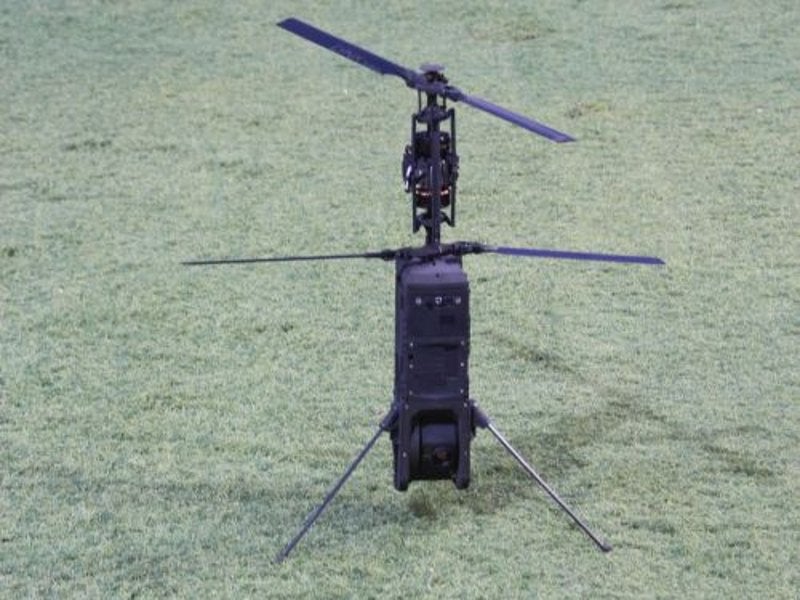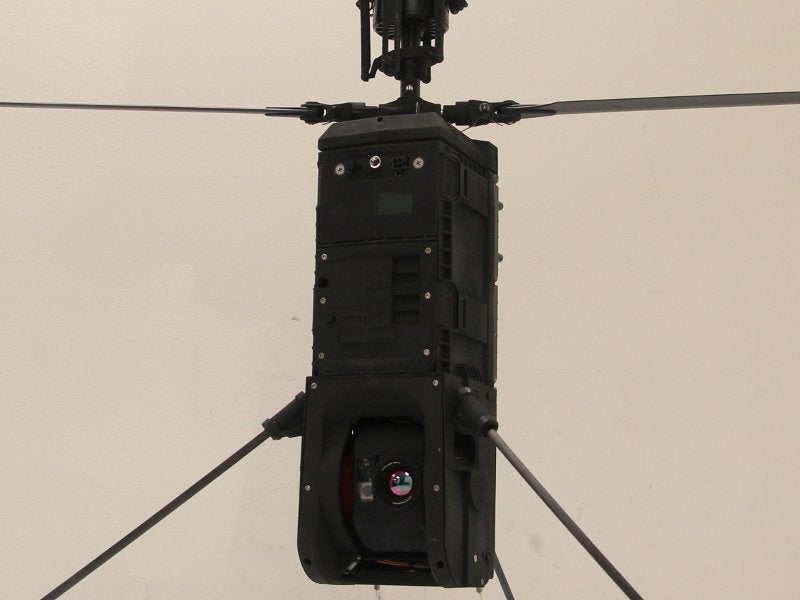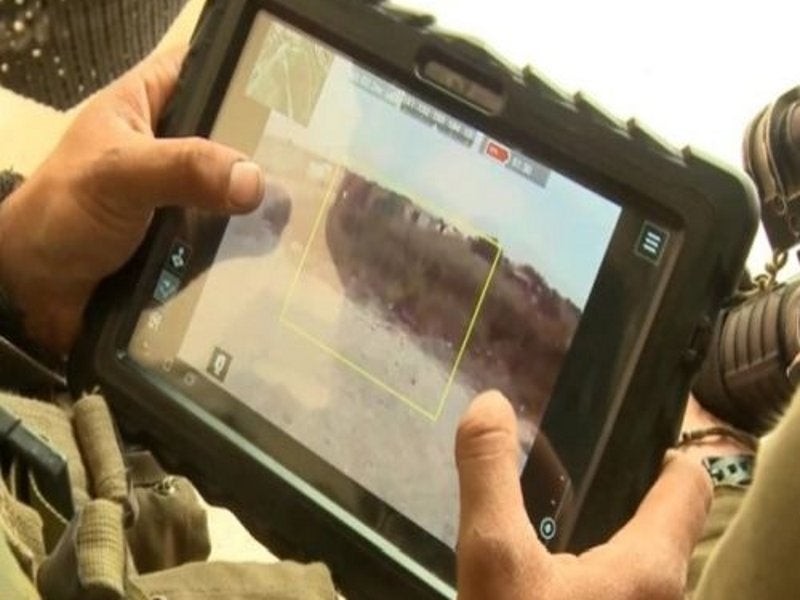Spike FireFly miniature tactical loitering weapon is a new member of Spike family of precision guided missiles developed by Rafael Advanced Defense Systems, a defence technology company based in Israel.
The loitering munition is intended for use by dismounted infantry, marines and special forces personnel in the urban warfare.
Typical mission capabilities of the FireFly include situational awareness, engagement of enemy targets beyond line of sight (BLOS), scouting for manoeuvring force, and tactical reconnaissance in urban battlefield scenarios.
The FireFly was showcased for the first time at MILIPOL Paris 2019 exhibition for homeland security and safety held in Paris, France, in November 2019.
Israel’s Ministry of Defense (MOD) placed an order for the FireFly loitering weapon for deployment in urban close-combat operations, in May 2020.
Design and features of FireFly loitering weapon
Spike FireFly comprises three loitering weapons and a control unit. The loitering munition weighs 3kg, while the full system weighs approximately 15kg.
The weapon features a compact, lightweight, rugged airframe with coaxial rotors that provide improved hovering efficiency, while avoiding the effects of dissymmetry of lift. The rotor blades are retractable and foldable along the body when not in use.
The length and depth of the weapon are 80mm each, while its height is 400mm. It has three extractable legs that give full and safe returnability to the operator.
The FireFly loitering weapon has the ability to operate in either autonomous or main-in-the-loop modes. In the autonomous mode, the weapon navigates using predefined waypoints and flight plans. In the main-in-the-loop mode of operation, the weapon is controlled by a single operator from the ground control unit.
The weapon system features abort or wave-off capability that allows its operator to cancel the mission in mid-flight and ditch the weapon harmlessly.
The weapon, along with its sensors, easily fits into a canister, which can be carried in a soldier’s backpack.
Warhead
The FireFly miniature tactical loitering weapon is armed with an omnidirectional fragmentation warhead weighing 350g. The warhead offers high lethal blast effects against behind-cover enemy structures beyond line of sight.
The warhead can be replaced by an additional battery to increase the endurance for tactical reconnaissance and surveillance operations.
Sensors on-board Rafael’s Spike Firefly loitering munition
The loitering weapon is equipped with dual electro-optical (EO) seeker with safe arming and fusing system for detecting and acquiring targets. The seeker comprises uncooled infrared (IR), CMOS daylight imaging and proximity sensors.
The on-board EO sensors provide guidance with man-in-the-loop control. The sensors also give the ability to engage mobile or relocatable targets with high precision, while reducing the risk of collateral damage.
The FireFly also features computer vision, homing algorithms, and human machine interface.
It carries unique innovative target tracking device to detect agile targets.
The weapon employs a military standard bidirectional data link to wirelessly transmit imagery and telemetry data captured by on-board sensors to the ground control unit in real-time.
Spike FireFly control unit and performance
FireFly weapon’s portable control unit with a hand-held tablet provides complete control of munition, sensors, and video display.
The loitering weapon has a manoeuvring speed of up to 60km/h and a dive speed of 70km/h. It has an operational range of 0.5km in urban scenarios and up to 1km in open environments.
The FireFly system can stay in the air for up to 15 minutes when powered by a single battery and up to 30 minutes with the addition of second battery. It offers an endurance of up to two hours in standby mode.
The rugged airframe and dual rotors allow the munition to hover and remain stable in wind speeds up to 10m/s.
The weapon has low visual and acoustic signature. It can be operated during day and night conditions.






